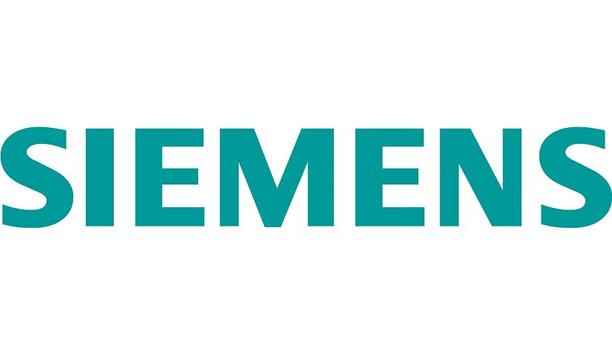 |
| The FIA encourages formal involvement from Government (CLG), CFRAU and CFOA |
The FIA set up a Fire Risk Assessment Council in November 2008 and invited any company/organization who 'trades' by providing Fire Risk Assessments, on a commercial basis, to join the association as a member.
This step was taken as its current members were reporting that there was a diverse range of 'Fire Risk Assessors' in the market. These organizations were offering very different levels of service, and the members' concern was the levels of competency of these organizations.
Historically, FIA members (portable extinguisher maintenance companies or fire detection and alarm companies) were usually one of the first to visit end users (Responsible Persons). However, during the implementation of the RR(FS)O it was not anticipated that any FIA member company would provide a 'Fire Risk Assessment' (FRA) service. In practice, driven by requests from their clients, several members have put in place some sort of service by either partnering with an FRA provider or by providing this service themselves.
Immediately prior to setting up of the FIA Fire Risk Assessment Council, the FIA held two open forums, the first being chaired by Iain Cox of CFOA, and everyone present was asked for their views concerning the big issues. Every single person wanted a benchmark of competency and this was the most important issue. As a result of these Forums the FIA has now opened its doors to, and has many members who are, consulting practices ranging from sole traders to national organizations offering fire risk assessments.
Many organizations have attempted and continue to try and deliver a solution but none has yet delivered a register or scheme that has been widely adopted and those that exist concentrate on the individual only and not the organization. Setting a benchmark for trading companies and then raising the benchmark over time is a key function for trade associations and in the fire risk assessment 'market' the FIA felt that it could provide assistance.
The first step was to develop a code of practice and 50 of the FRA members have now signed up to this and are listed on the FIA website. The CoP is an initial step, whilst extensive work continues to establish a robust scheme for membership criteria.
The FRA Council recently voted to work with BAFE to develop an overarching scheme |
Over the last twelve months the FRA Council has investigated all the fire risk assessment registers, schemes and qualifications and has been working on a scheme which could involve all of them, plus provide certification for the organization as well as the individual.
The FRA Council recently voted to work with BAFE to develop an overarching scheme as it was felt that BAFE is set up in such a way that all stakeholders can be involved; in addition BAFE has the skill sets and long experience to develop such schemes and are independent.
The FIA firmly believes that any scheme needs to look at two elements of the service provider. The first is the competence of the individual. The second is the management of the company/organization providing the service. Do they have the right insurance cover? Do they have proper quality management processes? Sole traders providing this service (trading) need to be included.
The FIA has worked with BAFE to develop a draft scheme. BAFE normal practice would be to set up a 'Monitoring Group' of experts to develop a scheme and the monitor its progression. The FIAhopes that the three professional bodies IFE, IFSM & IFPO, all whom have FRA registers, will be invited to participate as they can help particularly with identifying the individual competence. The FIA has also has had regular correspondence with all three and believe they are all willing to be involved, whilst acknowledging that they do currently have some differences of opinion. RICS,BIFM & RIBA are other professional bodies who could participate.
The FIA has also been in regular contact with Warrington Certification who have recently launched a UKAS accredited, 'individuals' scheme and we hope that they are also willing to participate in the 'design' of an overarching scheme.
The FPA and the Fire Service College will also have views and be able to provide valuable input into any FRA scheme |
The BAFE model is that of a 'not for profit' organization, with an elected Board and Council made up of industry stakeholders such as: BRE, RIFA, CFOA, SSIAB, NSI, FIA, ECA, IFEDA, BFC, CLG, BSi, HSE, NQA, ABI, & FPA. Others could join this organization, such as CBI, FSB, IOC, LACORS, FBU and AFC.
The Monitoring Group (called the Competency Council in CLG's recent set of meetings) could be open to all. This Group would be responsible for developing a scheme (standard) that could be operated by any certification body (CB) accredited by UKAS for the purpose. The format of the draft scheme document exactly parallels other BAFE schemes operated by UKAS accredited CBs. As in the case of the latter schemes, the draft scheme would incorporate the use of competent persons (such as those registered with professional bodies), in conjunction with a suitable management system.
The FIA encourages formal involvement from Government (CLG), CFRAU and CFOA. It will be important to the success of any scheme that it has Governments support.












